Columna General Lucio Blanco
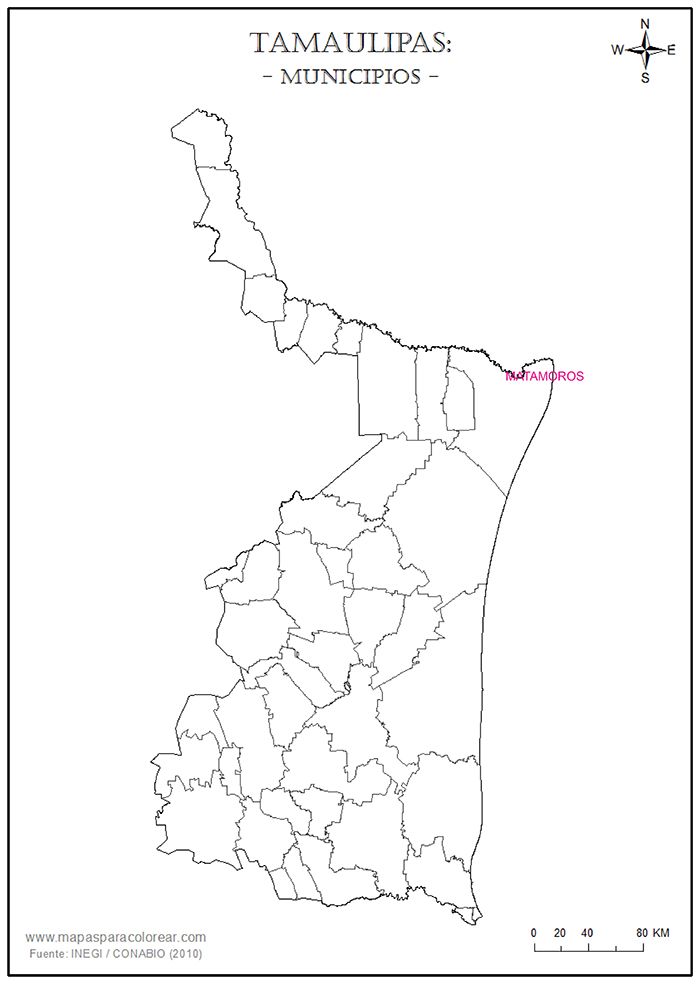
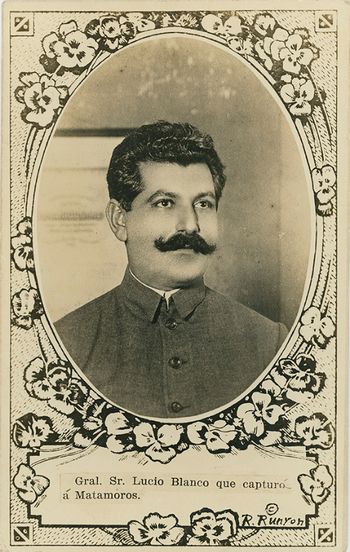 Because of family connections, Lucio Blanco became a supporter of Francisco Madero, and in the decade before the revolution, helped set up political clubs of Madero supporters in Coahuila.
Because of family connections, Lucio Blanco became a supporter of Francisco Madero, and in the decade before the revolution, helped set up political clubs of Madero supporters in Coahuila.
When in February 1913 Governor Venustiano Carranza of Coahuila chose not to support Huerta’s government but organized a resistance, Lucio Blanco was an early supporter and received a commission as colonel in the Constitutionalist army. In April Blanco had his first battlefield victory when he took the city of Aldamas, Tamaulipas, from forces loyal to Huerta. By the end of the month, he controlled a substantial portion of the countryside of the state. His most important triumph was the taking of the border city of Matamoros from Federal troops on 4 June, the first major victory of the Constitutionalists.
Carranza promoted Blanco to the rank of brigadier general for having taken Matamoros, but this early glory was short-lived. In July 1913, Carranza appointed Pablo González commander of the new department of the Northeast, bypassing Blanco. Slighted, Blanco refused to cooperate with González, and remained in Matamoros as a military governor, in command of 1,800 soldiers, most stationed in Matamoros.
On 30 August Blanco, on his own initiative, distributed the lands of the hacienda Los Borregos, belonging to Félix Díaz, nephew of the old dictator, to the peons living on the hacienda, thus being the first to implement an agrarian reform distribution in the Revolution. Carranza was disappointed with this action and accused Blanco of exceeding his authority. He was recalled and ordered to Sonora to serve under General Alvaro Obregón whilst his regiment was placed under the command of General Pablo González.
These notes, a series of five denominations (5c, 10c, 20c, 50c and $1), from the Pagador of the Primera Brigada of the Columna General Lucio Blanco probably date from June to August 1913. They are, in fact, really chits for merchandise rather than true paper currency.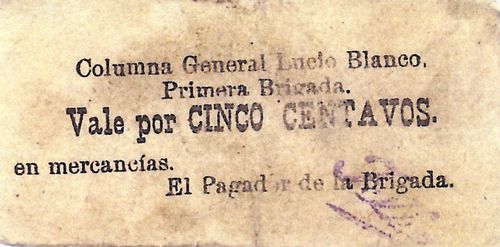 M3899 5c Columna General Lucio Blanco
M3899 5c Columna General Lucio Blanco
 M3899 5c Columna General Lucio Blanco
M3899 5c Columna General Lucio Blanco
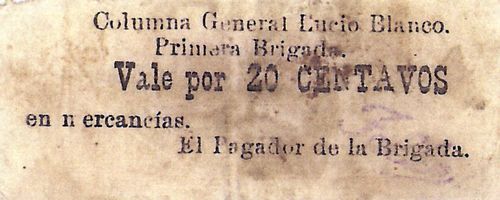 M3901 20c Columna General Lucio Blanco
M3901 20c Columna General Lucio Blanco
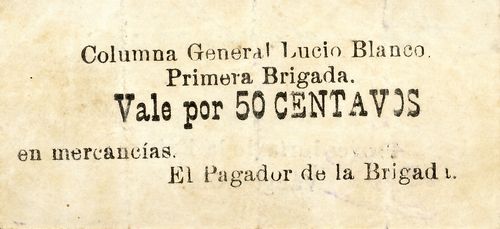
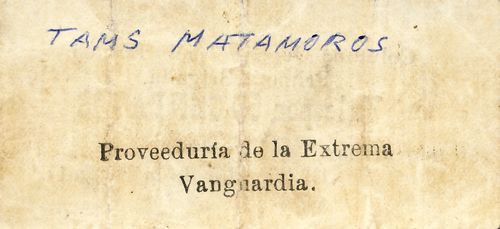 M3902 50c Columna General Lucio Blanco
M3902 50c Columna General Lucio Blanco
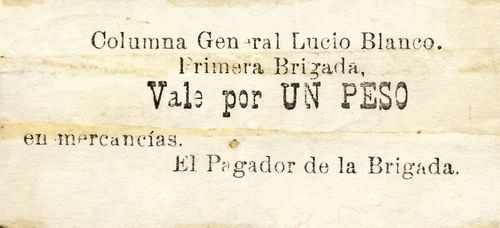
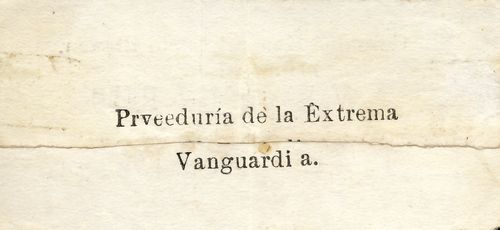 M3903 $1 Columna General Lucio Blanco
M3903 $1 Columna General Lucio Blanco
The Pagador de la Brigada was [ ][identification needed].
